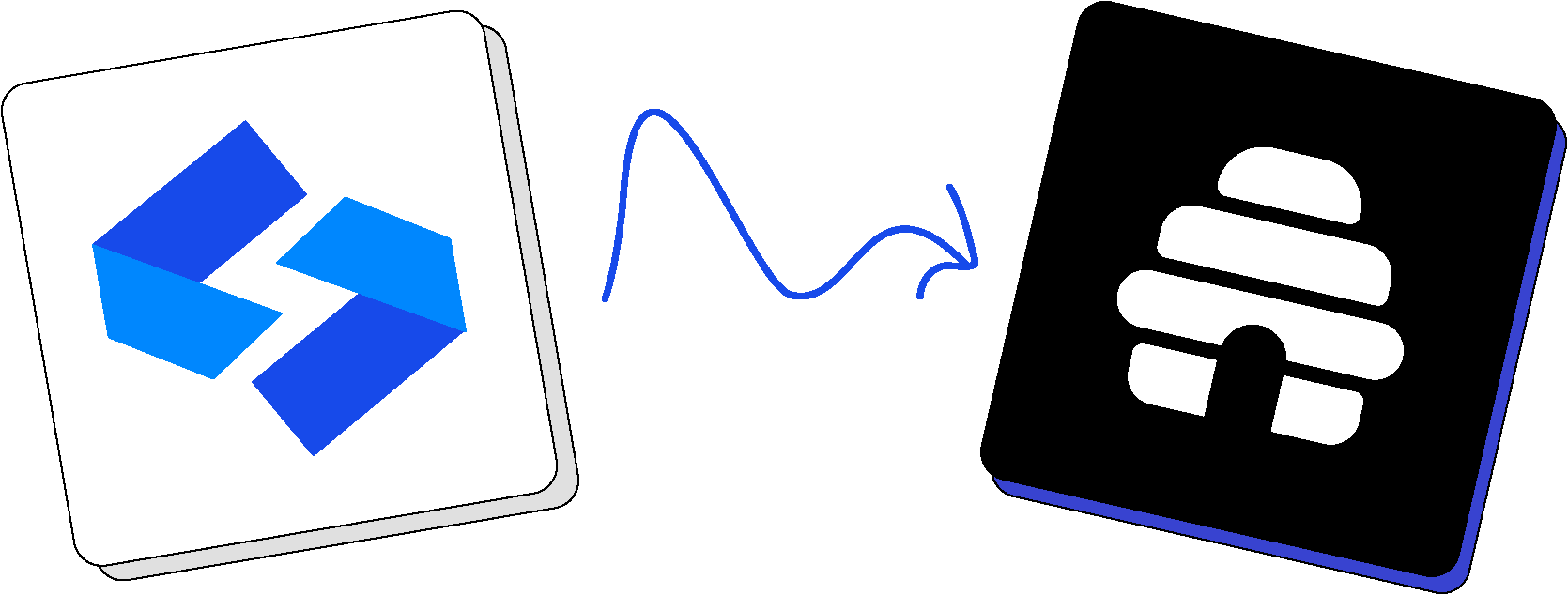
BEEHIIV 🤝 SWAPSTACK
BEEHIIV 🤝 SWAPSTACK

BEEHIIV 🤝 SWAPSTACK






If you're a
newsletter
looking to monetize
If you're a
newsletter
looking to monetize
If you're a
newsletter
looking to monetize
For Publishers
For Publishers
For Publishers



If you're a brand
looking to sponsor
newsletters
If you're a
brand
looking to sponsor newsletters
If you're a
brand looking
to sponsor newsletters
For Brands
For Brands
For Brands


MAKE A STATEMENT
IN THE INBOX
Email isn’t dead. You just weren’t doing it right.


MAKE A STATEMENT
IN THE INBOX
Email isn’t dead. You just weren’t doing it right.
© 2023 beehiiv, Inc. All rights reserved.


MAKE A STATEMENT
IN THE INBOX
Email isn’t dead. You just weren’t doing it right.


MAKE A STATEMENT
IN THE INBOX
Email isn’t dead. You just weren’t doing it right.
© 2023 beehiiv, Inc. All rights reserved.



